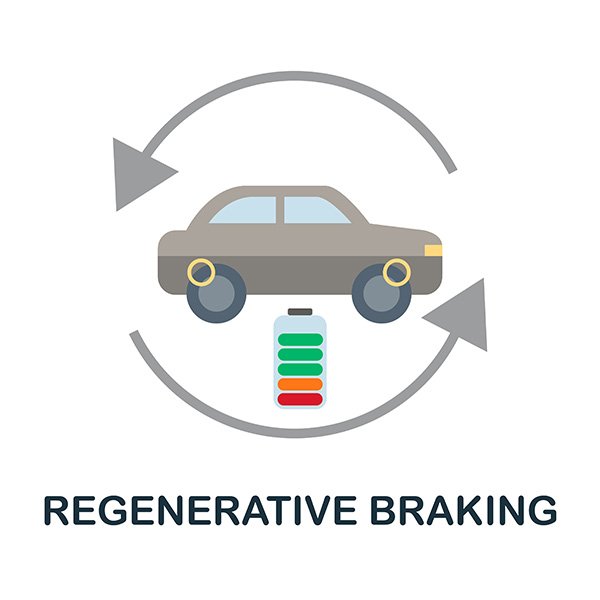
Have you ever wondered what makes hybrid cars so efficient? One key technology that sets them apart from traditional vehicles is regenerative braking. This innovative system improves fuel efficiency but also enhances the overall driving experience. But how does it work, and why is it so essential for hybrid cars? At Torque Automotive, we’re here to break it down for you.
What is Regenerative Braking?
Regenerative braking is a technology used in hybrid and electric vehicles that converts kinetic energy, which is usually lost during braking, into electrical energy. This recovered energy is then stored in the vehicle’s battery and used to power the electric motor. Unlike conventional braking systems, which dissipate energy as heat, regenerative braking harnesses it, improving efficiency and extending the vehicle’s range.
How Does It Work?
When you press the brake pedal in a hybrid car, the electric motor operates in reverse. Instead of drawing power from the battery to drive the car, the motor acts as a generator, producing electricity. This electricity is then sent back to the battery for storage. The process slows down the vehicle, supplementing the conventional braking system and reducing wear on brake components.
Benefits of Regenerative Braking
Improved Fuel Efficiency
One of the most significant benefits of regenerative braking is improved fuel efficiency. By recovering energy that would otherwise be lost, hybrids can travel further on a single tank of gas or a single charge. This means fewer trips to the gas station and more money saved over time.
Extended Brake Life
Regenerative braking reduces the reliance on traditional friction brakes, which means less wear and tear on brake pads and discs. This extends the life of your braking components and reduces maintenance costs. At Torque Automotive, we’ve seen many hybrid car owners enjoy longer intervals between brake services thanks to this technology.
Enhanced Driving Experience
Regenerative braking provides smooth deceleration, enhancing the overall driving experience. The transition between regenerative and friction braking is often seamless, providing a more comfortable and controlled braking feel. Many drivers find this aspect particularly appealing when navigating stop-and-go traffic or making frequent stops.
Environmental Impact
Reduced Emissions
Regenerative braking helps reduce greenhouse gas emissions by improving fuel efficiency. Hybrids and electric vehicles equipped with this technology contribute to cleaner air and a smaller carbon footprint. For eco-conscious drivers, this is a significant advantage that aligns with their values and commitment to sustainability.
Energy Conservation
Regenerative braking supports the broader goal of energy conservation. This technology maximizes efficiency and reduces waste by making the most of the energy generated during driving. It’s a prime example of how advanced automotive engineering can contribute to a more sustainable future.
Challenges and Innovations
Efficiency and Performance
While regenerative braking offers many benefits, it’s not without its challenges. The efficiency of energy recovery can vary depending on driving conditions and the specific design of the system. Engineers are continually working on innovations to improve the performance and reliability of regenerative braking systems.
Integration with Traditional Brakes
Another challenge is seamlessly integrating regenerative braking with traditional friction brakes. The transition must be smooth to provide a consistent and predictable braking feel. Advanced control systems and software to manage this integration, ensuring optimal performance in all driving conditions.
Keep your hybrid running smoothly with expert care. Contact Torque Automotive for all your maintenance needs and enjoy the benefits of the hybrid car technology.